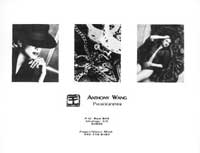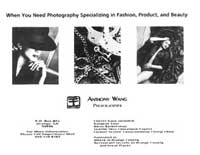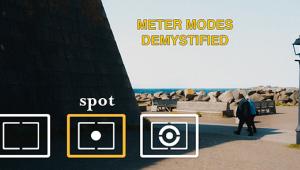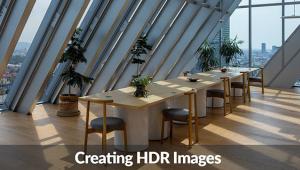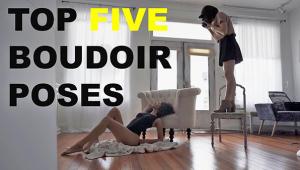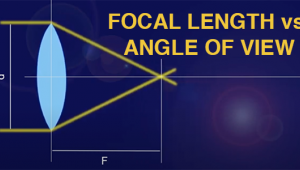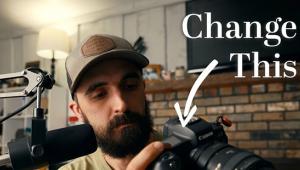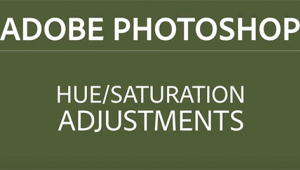Business Trends
Designing Effective Promotion Pieces
There are many different
ways to approach the design and production of promotional materials.
|
|||
As you can see from the before
and after (Photos 1, 2 and 3, 4), text or copy adds to the power and influence
of your primary promotion materials. With Photo 1, Caryl Bryant is simply
making a visual statement. Nice, but so what? With her Photo 2, she has
added a marketing message, "Black & White Portraits";
a strong benefit, "When you want something different and personal";
and most important, a call for action, "Call for appointment."
|
|||
"Secondary" promotional
materials are added once you have the basic visual materials for selling.
Some of these production approaches include: mini-portfolios, capability
brochures, client- printed materials, and specialty advertising items. |
|||
A capability brochure can be
combined with a mini-portfolio or used as a stand-alone piece. It usually
is an information or copy-heavy piece that includes your marketing message,
background, client testimonials, client list, facilities description,
map to your studio, and even equipment inventory. In addition, it can
be packaged with cost proposals to help you get the job you are bidding
for. |
- Log in or register to post comments


